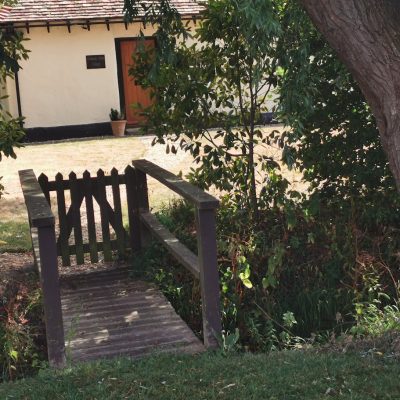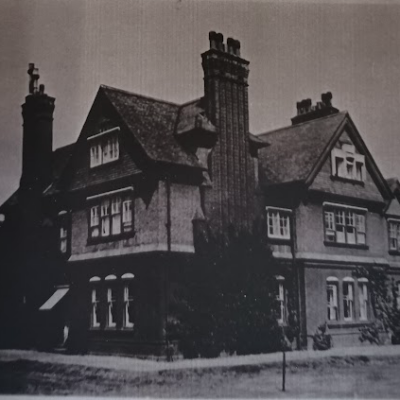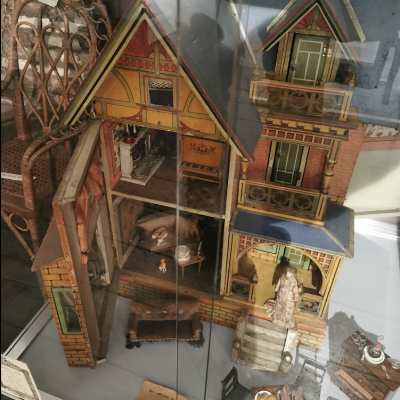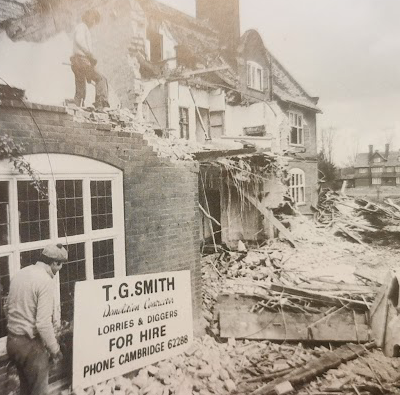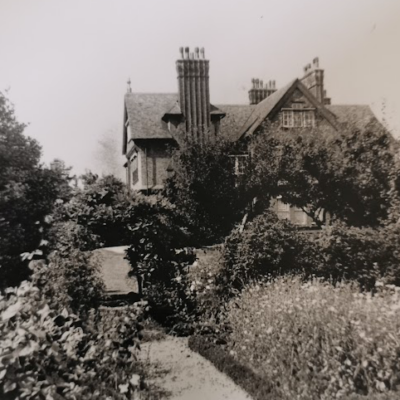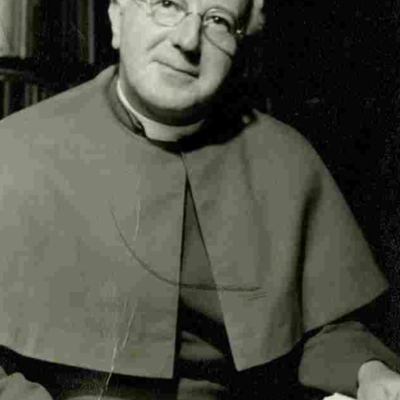Search by topic
- archaeology
- Building of Local Interest
- chapel
- charity
- church
- crime
- dressmaker
- fire
- Great Eastern Railway
- Listed building
- Mapping Relief
- medieval
- oral history
- poverty
- Public House
- Religious House
- Roman
- scholar
- school
- Then and Now
- tudor
- women
- work
- world war one
- world war two
Search by text
62 Grange Road
History of 62 Grange Road
Whewell House, 62 Grange Road was erected by William Sindall in 1906, a builder whose yards were located in Newnham, on one of five plots leased from St John’s College in 1899. The house was built to the designs of Amian Lister Champneys (1879-1951), architect and author. Amian Champneys was the son of the esteemed Victorian architect Basil Champneys (1842-1935), one of the pioneers of the ‘Queen Anne’ style, whose most notable designs include Rylands Library in Manchester (listed at Grade I) and Mansfield College in Oxford (listed at Grade II*). An alumnus of Trinity College Cambridge, Basil Champneys designed a multitude of academic buildings in Cambridge, including a number of Grade II* and Grade II listed buildings for Newnham College between 1874 and 1913, and 48 Grange Road (c1880, listed at Grade II).
1906
Lassa Francis Lawrence Oppenheim, Whewell professor of International Law
1925 – 1940
Lieutenant Colonel William Philip Cutlack
1939
Eveline D Hutchinson, b 1864, private means
Gertrude M Hynes, b 1911, housemaid
Jean C Clarke, b 1920, housemaid
Annie B Sanderson, b 1893, servant
1940 – 1951
Major-General Sir Frederick Barton Maurice
During World War II, this a Cambridge sub-Area HQ.
1951
Professor Edward Austin Gossage Robinson
Late C20: Trinity College converted the house for student accommodation
Contribute
Do you have any information about the people or places in this article? If so, then please let us know using the Contact page or by emailing capturingcambridge@
License
This work is licensed under CC BY-NC-SA 4.0






